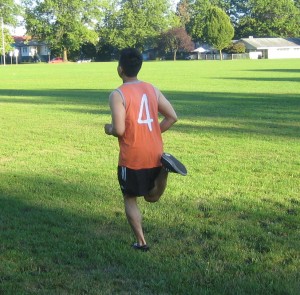Most of us have been exposed to poison ivy, poison sumac or poison oak at some point. The exposure can occur while camping or hiking outdoors or when cleaning out the backyard weeds at home. Understandably, there is a risk that we might not remember when we came in contact with these plants but one could not forget the itchy rash that the plants bring.
The plants that belong to the Toxicodendron family are considered the common cause of allergic contact dermatitis including poison ivy, poison sumac and poison oak. Being exposed to these plants can lead to the deposition of oil from the leaves onto the skin which can trigger an itchy rash comprised of a linear or streak-line clump of bumps or blisters.

The chemical released by these plants is called as urushiol. It is capable of instigating the itchy rash via an immune reaction that is different from an allergic reaction. Many individuals develop contact dermatitis after skin contact with urushiol but not all.
After being exposed to Toxicodendron plants, an irritated blistering skin rash will develop within the day or so at the area of contact. Since the part of the immune system that reacts to the urushiol has a memory, it is common for any of the body areas just recently exposed to the plants to develop a rash.
Urushiol can stick on garden tools, fur of animals, sports equipment and clothing. Even the smoke from the burning leaves of these plants can also transport urushiol, resulting to the inflammation in the lungs if inhaled.
Cashews and mangoes
Cashews and mangoes are included in the Toxicodendron family and capable of triggering rashes similar to those from poison ivy and poison oak. Exposure of the skin to mangoes or with cashew oil can trigger a rash around the mouth. Other symptoms include itchiness, redness and flaking on areas that these foods touched.
Diagnosing rashes caused by poison ivy and poison oak
In most cases, patch testing is no longer needed to diagnose contact dermatitis due to poison ivy or poison oak. Many individuals will end up with a positive result and a diagnosis is ideally made when an individual has a rash strikingly similar with poison ivy or poison oak along with a history of recent exposure to Toxicodendron plants.
Treatment of poison oak and poison ivy rashes
Avoidance of contact with Toxicodendron plants is the ideal way to prevent getting a rash. If the individual is planning on staying in a location where there might be poison ivy or poison oak, it is recommended to wear pants, shoes, long-sleeved shirts and socks to prevent the oil from touching the skin.
The application of Ivy Block over the exposed skin can prevent rashes from occurring if used before exposure to the plants.
In case exposure to poison oak or poison ivy occurs, you have to wash the area thoroughly using soap and water right after contact in order to minimize the amount of rash that develops. Any clothing that came in contact with Toxicodendron plants must be removed and laundered properly before used again.
Contact dermatitis rash can be managed with prescription topical steroids to minimize the rash and itchiness. In case the rash is severe or covers a large area of the body, injected or oral steroids might be used to manage the symptoms.
